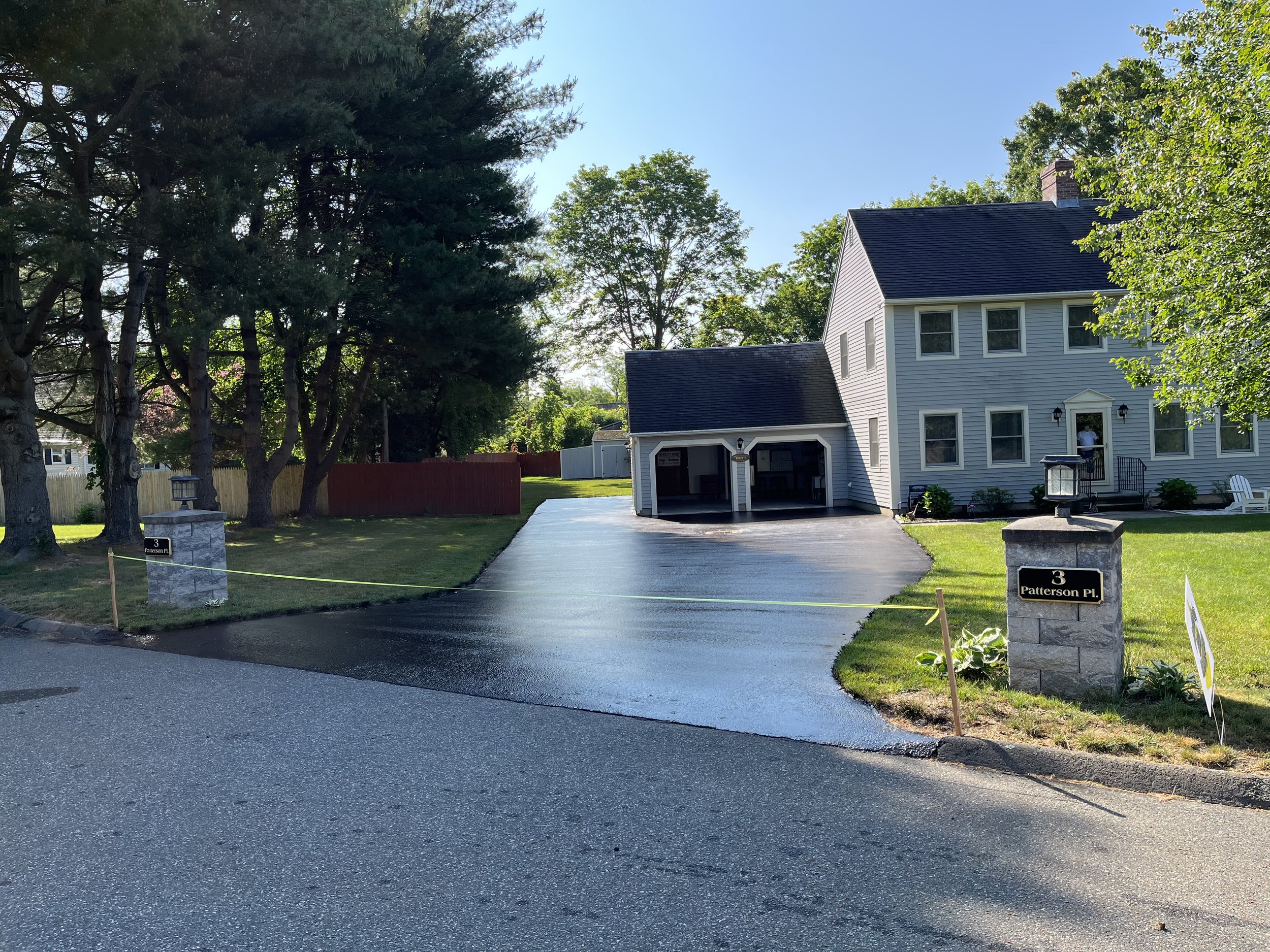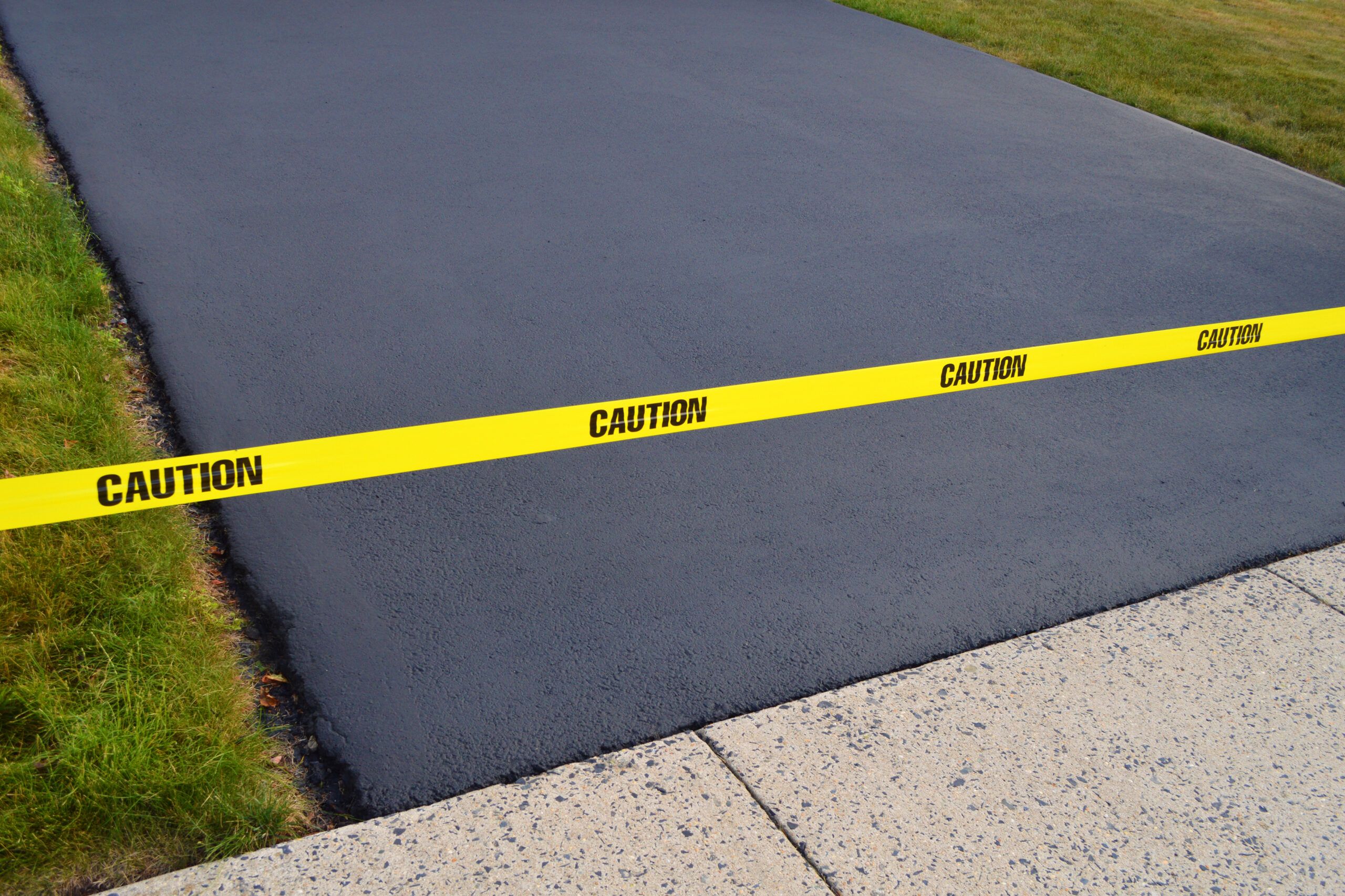Boost Commercial Allure: Warm Mix Asphalt Sealing for Angled Parking Lots
Boost Commercial Allure: Warm Mix Asphalt Sealing for Angled Parking Lots
Blog Article
Warm Mix Asphalt: A Lasting Remedy for Pavement
Warm Mix Asphalt (HMA) has arised as a leading sustainable selection for pavement remedies, providing a myriad of ingenious modern technologies and ecological benefits. As the need for eco-friendly building practices expands, checking out the subtleties of HMA's sustainability can give beneficial understandings into the future of sidewalk solutions.
Environmental Advantages of Hot Mix Asphalt

Moreover, Warm Mix Asphalt helps to alleviate city warm island results. Its dark shade soaks up sunlight, minimizing the amount of warm mirrored back into the ambience compared to lighter-colored pavements. This can decrease ambient temperature levels in city areas, lowering the need for air conditioning and ultimately decreasing power consumption.
On top of that, Hot Mix Asphalt adds to improved stormwater monitoring. Its porous nature allows water to recharge and infiltrate the pavement groundwater materials, minimizing overflow and the danger of flooding. These ecological benefits make Warm Mix Asphalt a sustainable selection for paving roadways and freeways.
Energy Efficiency in HMA Production
Is energy performance an important element in the manufacturing of Warm Mix Asphalt (HMA)? Absolutely. Energy plays a considerable function in the production of HMA, affecting both cost and environmental sustainability. One key element of power efficiency in HMA production is using cozy mix asphalt (WMA) innovations (commercial parking lot paving). WMA permits the mixing and positioning of asphalt at reduced temperature levels compared to typical hot mix asphalt, leading to minimized power intake during production. This procedure not just decreases fuel usage yet additionally reduces greenhouse gas emissions, making it an extra eco-friendly alternative.
Moreover, developments in plant technologies have led to even more energy-efficient HMA manufacturing processes. By enhancing energy usage in HMA production, the industry can minimize its carbon impact while keeping top quality pavement products.
Recyclability of Hot Mix Asphalt
The recyclability of Warm Mix Asphalt (HMA) is a critical aspect of its sustainability and long-lasting environmental influence. HMA is just one of the most recycled products in the United States, with over 100 million lots of reclaimed asphalt pavement (RAP) being reused annually in new pavement building. Recycling HMA provides a number of environmental advantages, such as reducing the requirement for virgin materials, lowering power usage throughout production, and lowering the quantity of waste sent to land fills.
The procedure of recycling HMA includes crushing the existing pavement, crushing it right into smaller sized pieces, and mixing it with new accumulation and asphalt binder to develop a recycled mix. Generally, the recyclability of HMA plays a substantial role in promoting sustainable techniques within the sidewalk industry.

Long-Term Performance of HMA
Asphalt sidewalks show check my site sturdiness and durability over a prolonged period, reflecting the lasting efficiency of Hot Mix Asphalt (HMA) In addition, developments in HMA innovation, such as the usage of polymer-modified binders and warm mix asphalt, have even more boosted the resilience and long life of HMA sidewalks. By prioritizing high quality building and construction and maintenance techniques, HMA continues to show itself as a lasting and cost-effective option for long-lasting sidewalk facilities.

HMA: Longevity and Sustainability
Showing both sturdiness and sustainability, Hot Mix Asphalt (HMA) has actually ended up being a cornerstone in the building and construction of resilient pavement infrastructures - angled parking. HMA's sturdiness comes from its capacity to withstand hefty loads, extreme weather problems, and high website traffic quantities, making it a reliable selection for roadways, highways, and airport runways. The composition of HMA, which typically includes accumulations, binder, and filler, plays an important function in improving its longevity and resistance to tear and put on
In addition, HMA's sustainability exists in its recyclability and energy-efficient manufacturing process. The ability to reuse reclaimed asphalt sidewalk (RAP) in brand-new HMA mixtures decreases the need for virgin materials and reduces the environmental influence of pavement building and upkeep. In addition, the energy performance of generating HMA exists in its reduced mixing temperatures compared to various other sidewalk products, bring about decreased power usage and greenhouse gas discharges.
Conclusion
In verdict, warm mix asphalt (HMA) uses a sustainable service for sidewalk with its ecologically friendly features. HMA's recyclability, power effectiveness in manufacturing, and long-term longevity make it an eco-friendly option for roadway building.
HMA is one of the most recycled materials in the United States, with over 100 million bunches of redeemed asphalt pavement (RAP) being recycled every year in brand-new pavement building.The procedure of recycling HMA entails grating the existing sidewalk, crushing it right into smaller items, and mixing it with brand-new aggregate and asphalt binder to produce a recycled mix.Asphalt look here sidewalks show sturdiness and strength over a prolonged period, showing the long-lasting performance of Warm Mix Asphalt (HMA) Additionally, improvements in HMA technology, such as the use of polymer-modified binders and cozy mix asphalt, have actually even more boosted the durability and longevity of HMA sidewalks. The capacity to recycle redeemed asphalt sidewalk (RAP) in brand-new HMA combinations minimizes the read more need for virgin materials and decreases the environmental effect of pavement building and maintenance.
Report this page